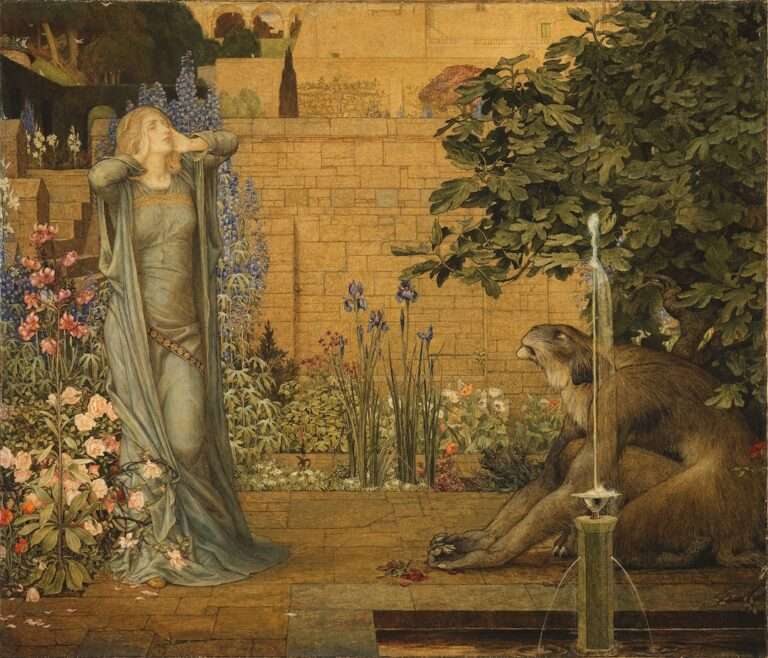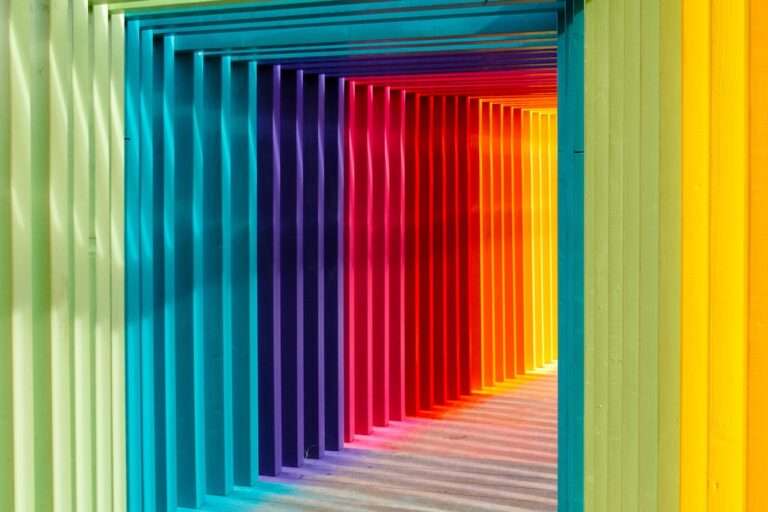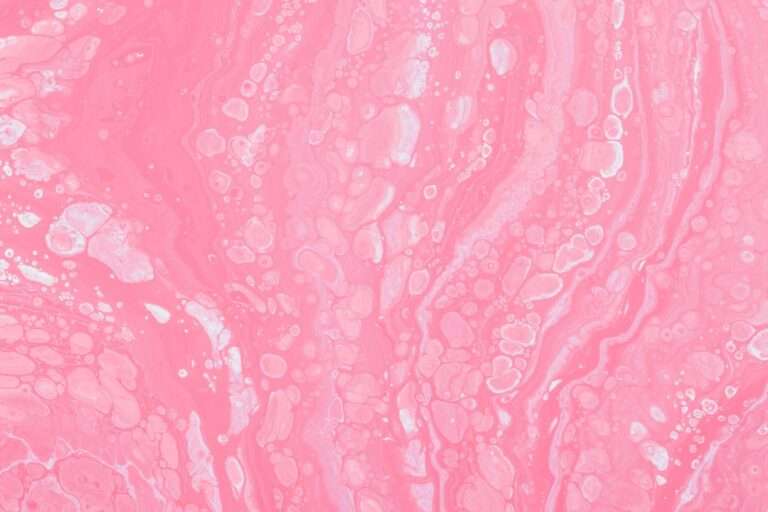The Rich Symbolism of Brown: Exploring the Earthy Tones that Evoke Warmth and Stability
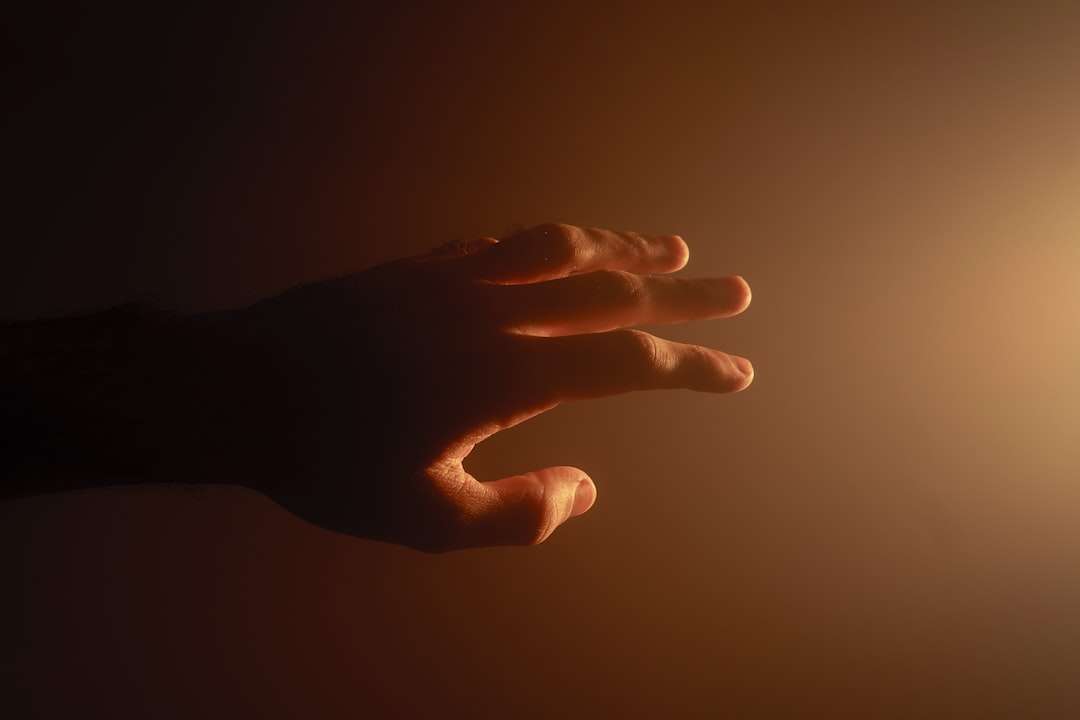
Colors play a significant role in our lives, influencing our emotions, perceptions, and even our behavior. Each color has its own symbolism and meaning, and one such color that often goes unnoticed is brown. Brown is often associated with the earth, nature, and stability. In this article, we will explore the symbolism of brown and its significance in various aspects of our lives.
The Meaning of Brown: Understanding the Symbolism of Earthy Tones
Brown is a color that is often described as a mixture of red, yellow, and black. It is commonly associated with the earth, soil, and natural elements. In many cultures and religions, earthy tones like brown hold symbolic meanings. For example, in Native American cultures, brown represents the earth and is seen as a symbol of grounding and stability. In Hinduism, brown is associated with the root chakra, which represents stability and security.
From a psychological perspective, brown is often seen as a color that evokes a sense of reliability and dependability. It is often associated with qualities such as practicality, stability, and simplicity. Brown is also seen as a color that promotes a sense of security and comfort.
Brown as a Symbol of Stability: How Earthy Colors Evoke a Sense of Groundedness
The connection between earthy tones like brown and stability can be seen in various aspects of our lives. For example, many financial institutions use brown in their branding to evoke a sense of trust and reliability. The color brown is often associated with the idea of being grounded and stable, which are qualities that people look for when choosing a bank or financial institution.
In addition to branding and marketing, brown can also create a sense of security and reliability in our personal spaces. When used in interior design, brown can create a warm and inviting atmosphere that promotes feelings of comfort and stability. This is why many people choose to incorporate earthy tones like brown into their homes, as it creates a sense of grounding and security.
Exploring the Warmth of Brown: The Emotion and Mood Behind Earthy Tones
Brown is often associated with warmth and coziness. It is a color that can create a welcoming and inviting atmosphere, making it a popular choice in interior design and fashion. When used in interior design, brown can create a sense of comfort and relaxation. It is often used in living rooms, bedrooms, and other spaces where people want to feel at ease.
In fashion, brown is often seen as a timeless and classic color. It can be used to create sophisticated and elegant looks, as well as casual and relaxed outfits. Brown is a versatile color that can be paired with many other colors, making it a popular choice for both formal and casual wear.
Brown in Nature: The Connection Between Earthy Colors and the Natural World
Brown is a color that is prevalent in nature. It can be seen in the soil, trees, rocks, and many other elements of the natural world. This connection between brown and nature is why earthy tones often evoke a sense of connection to the natural world.
Artists and designers often use brown to represent nature in their work. For example, many landscape paintings feature various shades of brown to depict the earth and the natural environment. Brown is also commonly used in design elements that are inspired by nature, such as wood textures and patterns.
The History of Brown: How This Color Has Been Used in Art, Design, and Culture
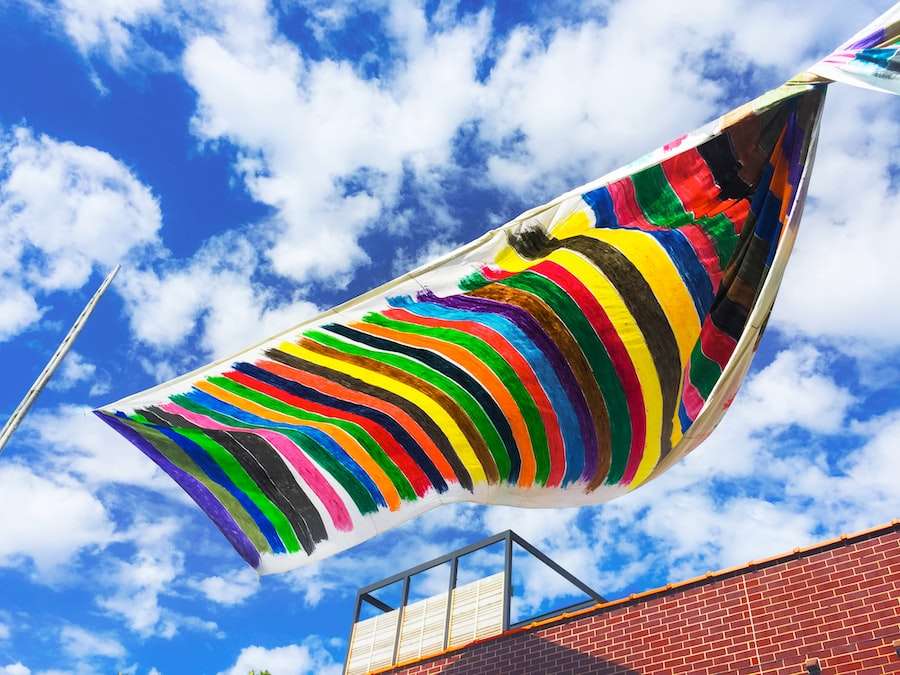
Brown has a rich history in art, design, and culture. In ancient times, brown pigments were made from natural materials such as clay, soil, and minerals. These pigments were used by artists to create paintings and sculptures.
Throughout history, brown has been used in various cultures to represent different ideas and concepts. For example, in ancient Egypt, brown was associated with fertility and the earth. In medieval Europe, brown was often associated with poverty and humility.
In modern times, brown has become a popular color in design and fashion. It is often used to create a sense of warmth and comfort, as well as to evoke a sense of nostalgia and tradition.
Brown in Fashion: The Versatility and Timelessness of Earthy Tones in Clothing
Brown is a versatile color that can be used in many different ways in fashion. It can be used to create both casual and formal looks, and it pairs well with many other colors. Brown is often seen as a timeless and classic color, making it a popular choice for clothing that is meant to be worn for many years.
In recent years, there has been a resurgence of interest in earthy tones like brown in the fashion industry. Many designers are incorporating brown into their collections, creating looks that are both stylish and comfortable. Brown can be used to create sophisticated and elegant outfits, as well as casual and relaxed looks.
Brown in Interior Design: Using Earthy Colors to Create a Cozy and Inviting Space
Brown is a popular choice in interior design because it can create a warm and inviting atmosphere. When used in home decor, brown can make a space feel cozy and comfortable. It is often used in living rooms, bedrooms, and other areas where people want to relax and unwind.
There are many ways to incorporate brown into your home decor. You can use brown furniture, rugs, curtains, or accessories to add warmth and depth to your space. Brown can also be paired with other colors to create different moods and styles. For example, pairing brown with cream or beige can create a neutral and calming atmosphere, while pairing it with brighter colors like orange or yellow can create a more energetic and vibrant space.
Brown in Psychology: The Impact of Earthy Tones on Mental Health and Well-Being
The color brown has been found to have a positive impact on mental health and well-being. It is often associated with feelings of calmness and relaxation. Brown is a grounding color that can help to reduce stress and anxiety.
In therapy and mental health settings, brown is often used to create a sense of safety and security. It can be used in the decor of therapy rooms or in the clothing worn by therapists to create a calming and comforting environment for clients.
Brown in Marketing: How Brands Use Earthy Colors to Create a Sense of Trust and Reliability
Many brands use brown in their logos and branding to create a sense of trust and reliability. Brown is often associated with qualities such as stability, dependability, and simplicity, which are all qualities that consumers look for in a brand.
For example, UPS, one of the largest package delivery companies in the world, uses brown as its primary color in its logo and branding. The use of brown conveys a sense of reliability and trust, as well as the company’s connection to the earth and nature.
Brown in Symbolism: The Spiritual and Mystical Significance of Earthy Tones in Different Cultures and Religions
In many cultures and religions, brown holds spiritual and mystical significance. For example, in Buddhism, brown is associated with the earth element and represents stability, grounding, and balance. In Native American cultures, brown is seen as a sacred color that represents the earth and is associated with healing and protection.
Brown is also often used in spiritual practices and rituals. For example, in feng shui, an ancient Chinese practice of arranging spaces to promote harmony and balance, brown is associated with the earth element and is used to create a sense of stability and grounding.
In conclusion, the color brown holds significant symbolism in our lives. It represents stability, reliability, and a connection to the natural world. Brown can create a warm and inviting atmosphere in our homes and evoke a sense of trust and reliability in branding and marketing. It is a versatile color that can be used in fashion, interior design, and art to create timeless and classic looks. The symbolism of brown reminds us of the importance of color in our lives and the impact it has on our emotions, perceptions, and well-being.
If you’re interested in exploring the symbolism of colors, you might also want to check out this fascinating article on the symbolism of brown. Brown is often associated with stability, earthiness, and reliability. It can represent a sense of grounding and connection to nature. To delve deeper into the meaning behind this versatile color, click here: https://symbolismhub.com/symbolism-of-brown/.
FAQs
What is Brown Symbolism?
Brown Symbolism is the use of the color brown to represent various meanings and concepts in art, literature, and culture.
What are some common meanings associated with the color brown?
Brown is often associated with earth, nature, stability, and simplicity. It can also represent warmth, comfort, and security.
What are some examples of Brown Symbolism in art and literature?
In art, brown is often used to represent natural landscapes, such as trees, soil, and rocks. In literature, brown can be used to describe the appearance of characters or settings, as well as to symbolize themes such as stability or simplicity.
What cultural significance does Brown Symbolism have?
Brown Symbolism has cultural significance in various cultures around the world. For example, in Native American culture, brown is often associated with the earth and represents grounding and stability. In Hinduism, brown is associated with the root chakra, which represents stability and grounding.
How does Brown Symbolism differ from other color symbolism?
Brown Symbolism is unique in that it is often associated with natural elements and simplicity, whereas other colors may have more complex or varied meanings. Additionally, brown is not typically associated with strong emotions or extremes, making it a more subtle and understated symbol.
